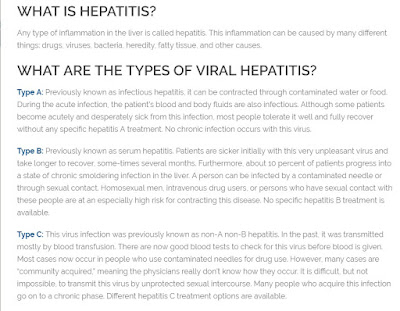Shuzan, a Buddhist monk of the tenth century, once held up a bamboo stick before his disciples. "Call this a stick," he bellowed, "and you assert; call this not a stick, and you negate. Now, do not assert or negate, what would you call this stick? Speak! Speak!"
From out the ranks, a young monk ventured forth, grabbed the bamboo, and, breaking it in two, exclaimed to Shuzan, "What is this?"*
Wonder where I've been for the past several weeks?
Welcome to Practicing Physicians of America.
Thanks to everyone who has collaborated to make this dream become a reality in a remarkably short 12 days. We hope the momentum continues to grow. We have strong advisors and are commited to ending unproven bureaucratic intrusions that threaten our ability to practice our trade. There is still plenty to do as we work to create a new 501(c)(3) by practicing physicians for practicing physicians. This is a voluntary, grassroots effort.
There is strength in numbers and we're in Washington DC to kick it all off tomorrow (press release here). I hope EVERY practicing physician, irrespective of political loyalty, will join us in the work to end the bureaucratic intrusions that are threatening our ability to care for patients. Please join us in this David vs Goliath fight.
We will have more in the coming days.
-Wes
* From: An Introduction to Zen Buddhism, by D.T. Suzuki (Grove Press, 1964).
Dr. Wes: Practicing Physicians of America: Taking the Stick





